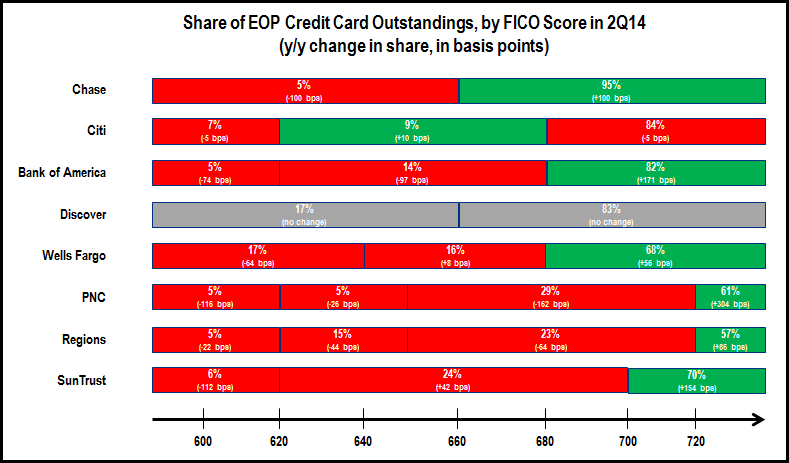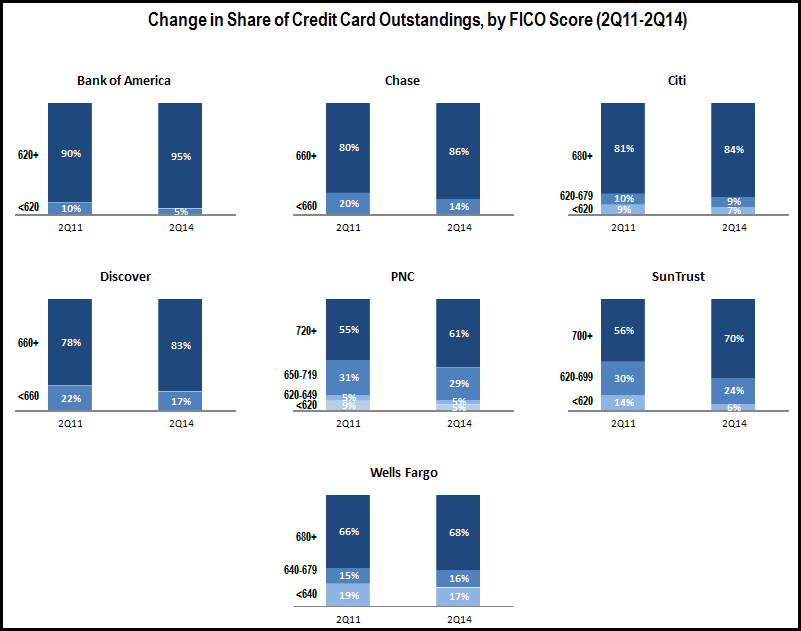Recently, Principal Financial Group released results of their study, the Principal Financial Well-Being Index: Advisors, in which they surveyed a variety of advisors across the country about the state of their practices, the industry, and client trends. Among the key takeaways:
- 22% of the advisors’ clients live beyond their means, 15% don’t save enough and 11% do not start to save early enough in their careers.
- Over half (52%) of the respondents said that only 25% of their clients start saving early enough to achieve the recommended level of retirement savings.
- Only 18% of the advisors surveyed target Gen Y clients.
This suggests a very real opportunity for product providers and distributors to help advisors facilitate meaningful relationships with pre-affluent millennials during their most formative years.
Product providers, particularly those in the defined contribution world, should work with plan sponsors to help educate employees and encourage saving. Product providers can:
- Create and distribute educational, client-ready content that sponsors can share with newer employees.
- Develop tools for sponsors – such as a one-page reference guide, brochure or video – that will assist them in using the client-ready content to start conversations with new employees about their saving options and the benefits of the plan.
Initiatives like these can help providers build long-term trust and brand equity with their clients and their clients’ employees. They will also help the company gets the most out of the plan, which can further enhance brand/product loyalty. Finally, there’s a secondary benefit for product providers: Getting plan participants on the path to financial security means they will be better positioned to consider a broader set of investment and retirement solutions later in life (e.g., life insurance, annuities).
Product distributors relying on large advisor networks should provide tools to help advisors connect with existing clients’ next of kin. Studies show that more than 95% of heirs change advisors after they inherit assets. Distributors should arm advisors with:
- Educational, client-ready content they can share with their clients as appropriate
- A one-page guide for advisors on how to use the content effectively
In addition, distributors should be working to educate advisors on the business case for pursuing Gen Y and how reducing that generational turnover. By creating a low-cost, scalable solution that has a low impact on advisors’ time but a high impact for long-term relationship-building, distributors can increase mindshare and build loyalty in the intermediary channel.

